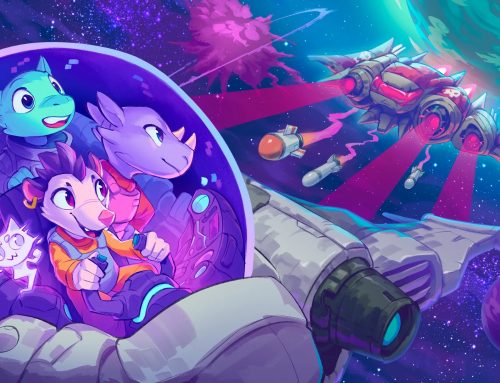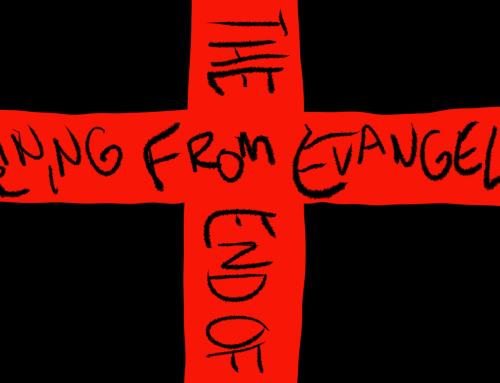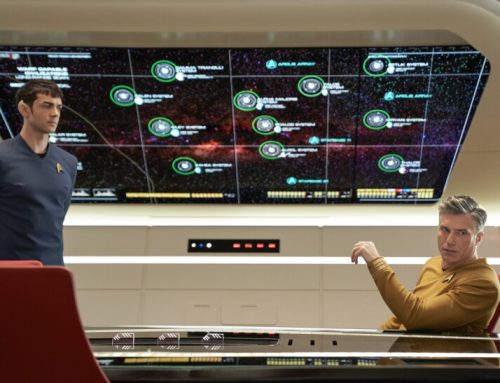The END of Learning From Evangelion
It’s time again for another list of hot storytelling techniques gleaned from Evangelion, which remains a slick and complex TV show. And now we can all watch it on Netflix.
Use Inversions!
As in, when something good happens, something bad happens. And vice versa. Traditional writing education, especially screenwriting, says your midpoint of your story should have a ‘false’ victory or defeat, but also a defeat or victory. Think about how Ben Kenobi kicks it to the Jedi afterlife but also the group escapes the Death Star (but also they are followed to the hidden Rebel base, but also they save Princess Leia and have the Death Star plans). Eva revels in inversions, especially in its more dramatic arcs, like the Rei episodes.
Inversions are key to storytelling because they let us move things forward, even give our heroes a win, but keep the stakes on top of them so the drama stays with us further into the tale.
Have your monsters reflect on your characters’ struggles (and vice versa)
Like in other strongly character driven genre TV, Evangelion directly links the arrival several of its monsters to things the characters are dealing with thematically. Shinji has trouble making friends, his situation is described as the Hedgehog’s Delimma (where someone desires closeness but is afraid of being hurt, and of hurting the other person), and then Shinji gets into this raw fight with a very stabby angel that he has to brutally kill with tons of screaming.
This, of course, is a specific example of how theme works to create patterns in *any* story. Lots of the same type of thing happening on many different levels of story is exactly what theme is. It’s just, in shows where sci-fi threats show up, you want your theme reflected there too. It’s the reason, for example, that the Ghostbusters keep ending up in fancy hotels and apartments, and then they destroy everything.
Your Characters do not all need to be doing karate fights for your show to be entertaining.
This one goes out to you writers who feel compelled to make sure everyone knows karate. They really don’t. And Eva proves it. Eva turns a big project to shoot a laser at a giant rectangle into a hugely compelling sequence. Eva turns a scene where they are talking about abstract math into compelling drama. What you get right matters more than what you get wrong. Please stop having karate fights every three seconds so that we can enjoy when the next one happens.
Please. Really, a fight really only ever answers one question: who wins.
Have smart characters be confused. Have smart characters fail.
Eva excels at taking huge problems, giving them to an organization with shocking resources, and then stumping the smartest, most capable people on the planet. In genre fiction it’s so easy to fall into a routine. Oh, the rogue space ship people always seem to know what’s going on. Oh, the scientist always figures it out. Oh, it’s probably lupus. It’s refreshing and compelling to have a character say ‘well, we actually have no idea, but here’s what we think will work,’ and then they fail all the time. And have to deal with that failure. Good stuff.
Okay, that wraps up this post of Learning from Evangelion! If you dig Eva, consider checking out my space opera novel Tellermoon. It’s spaceships, not robots, but I very much had my love for Eva on the mind when I wrote it.




